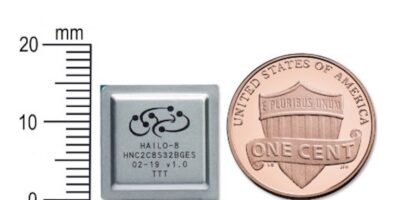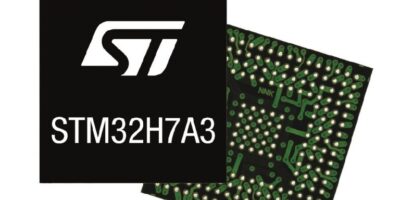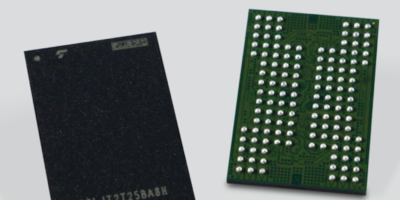Artificial intelligence (AI) chipmaker, Hailo, is sampling the Hailo-8 deep learning processor. The chip’s architecture enables edge devices to run sophisticated deep learning applications that could previously run only on the cloud. It can be used in multiple industries, but the company has a focus on automotive.
The Hailo-8 processor features up to 26 Tera operations per second (TOPS), to “significantly outperform” other edge processors in terms of area and power efficiency, says Hailo. The architecture design relies on the core properties of neural networks, so that edge devices can now run deep learning applications at full scale more efficiently, effectively, and sustainably than traditional solutions, while significantly lowering costs, explains the company.
Hailo is working with leading OEMs and Tier-1 automotive companies in advanced driver assistance systems (ADAS). The processor is also suitable for smarter edge and IoT devices which also require the use of high-performance cameras to perform tasks such as semantic segmentation and object detection in real-time. The Hailo-8 can perform these at full resolution, yet consuming only a few Watts. The processor’s heat dissipation removes the need for active cooling systems in the automotive industry, claims Hailo.
Hailo is an AI-focused Israel-based chipmaker. The company has developed a specialised deep learning processor that delivers the performance of a data centre-class computer to edge devices. Hailo’s AI processor is the product of a rethinking of traditional computer architecture, enabling smart devices to perform sophisticated deep learning tasks such as object detection and segmentation in real-time, with minimal power consumption, size, and cost. The deep learning processor is designed to fit into a multitude of smart machines and devices, including autonomous vehicles, smart cameras, smartphones, drones, AR/VR platforms, and wearables. The company was founded in 2017 by members of the Israel Defense Forces’ elite intelligence unit.







